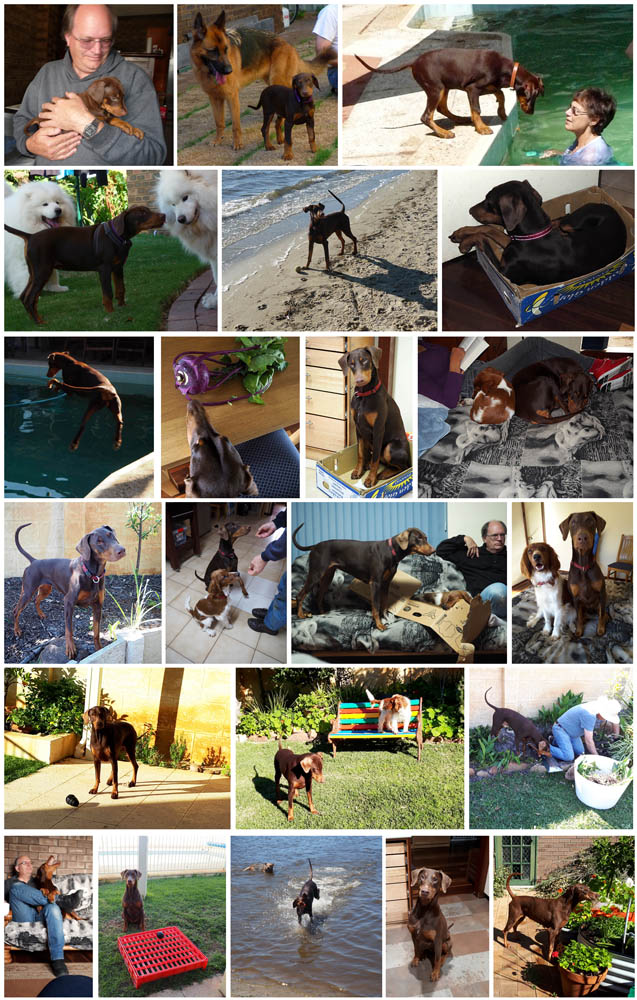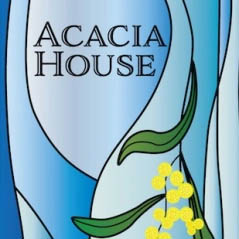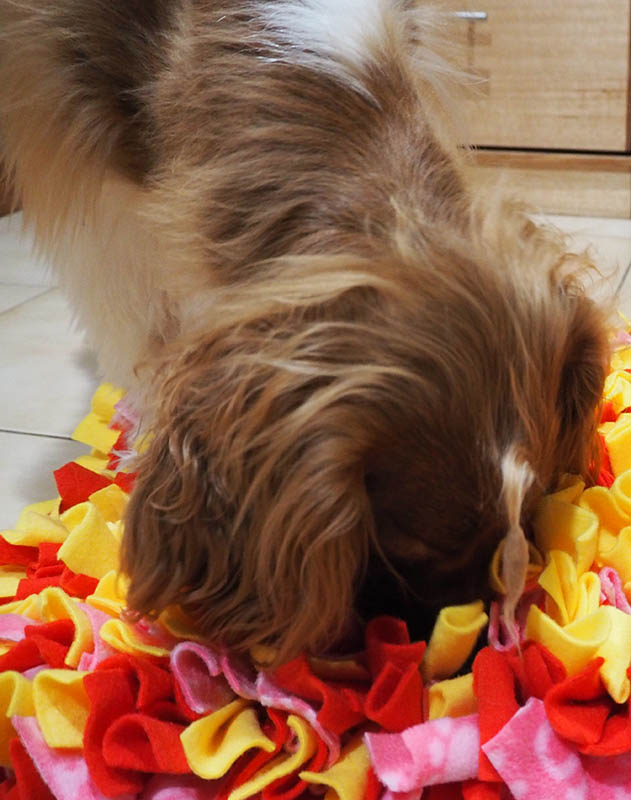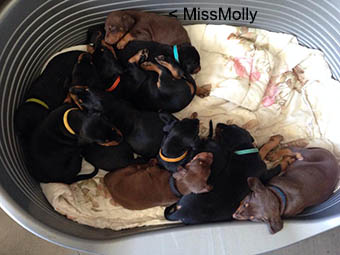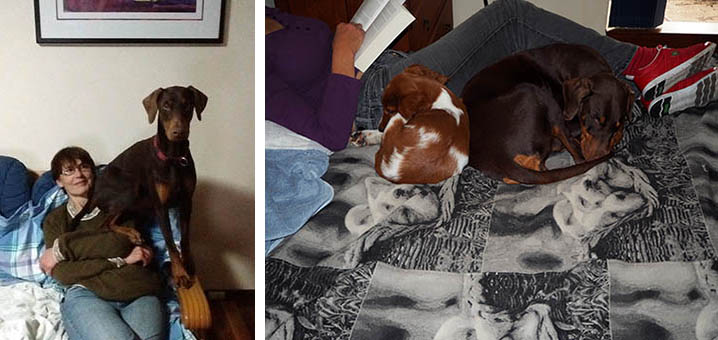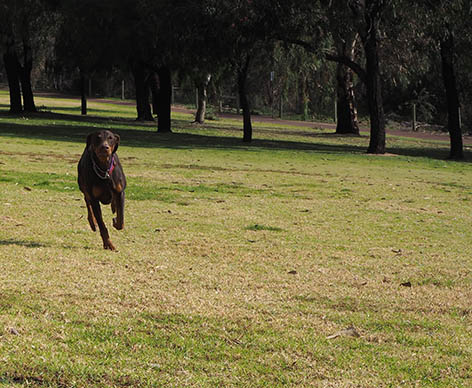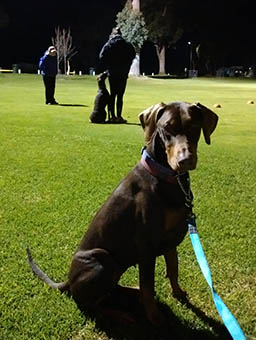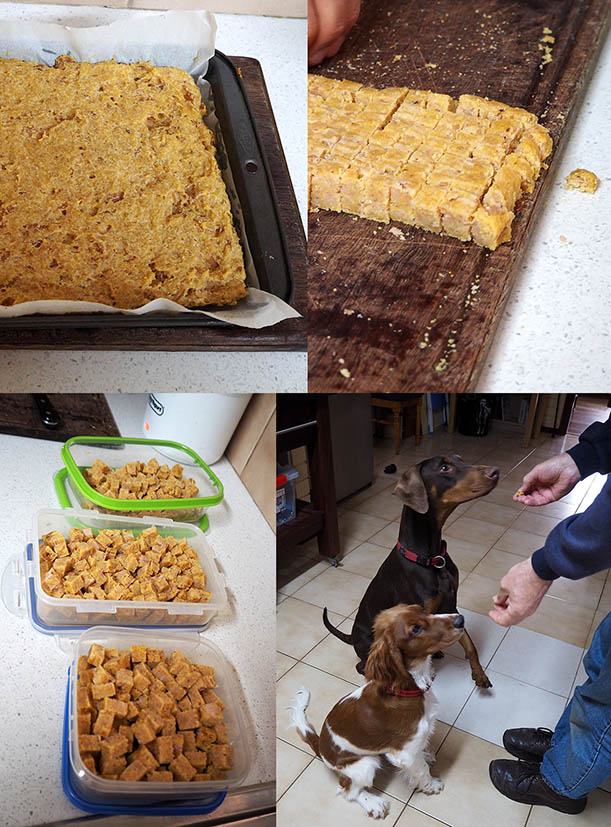A few years ago I wrote a short piece about how I think resilience works to add positive dimensions to my life. A couple of years later, I then chose it as my mot de l’année (fancy for ‘word of the year’!), blithely enthusing that I felt that it provided me with a framework that encapsulated both mental and physical robustness and, with that, the tools to bounce back from whatever came my way.
Such naïveté only works until the universe provides a reminder that all things are relative. As it turns out, resilience, like so many things, is subjective. Circumstances change, curved balls come one’s way and, sometimes, there simply isn’t enough fuel in the tank (aka strength or fortitude stockpiled) to manage the particular realities of the here-and-now. Who knew?
In our case, just as things were ramping up for the jollifications of the festive season, an uber-grinch leapt out of the woodwork at us. One evening in early December we noticed that our otherwise seemingly perfectly healthy MissMolly had a very swollen belly. She’d inhaled her dinner at her usual speedy rate, so our first panicked thought was, as ever: bloat – that background horror-concern for anyone with a deep-chested dog.
We bundled her into the car and off to the veterinary emergency service, where she was seen very promptly – jumping the queue due to the possibility of bloat. After and examination, an abdominal scan and blood tests, the duty-vet confirmed it was NOT the dreaded bloat. Yay. However, as MM did have a large volume of what was referred as ‘free fluid’ in her abdomen, she was to stay overnight stay for observation and to wait on some remaining test results.
The what and why of the abdominal fluid remained a mystery the next day when we went to pick her up. The duty-vets said they weren’t keen to do anything about the fluid build up as it really required further investigation by a specialist vet. They said we should keep MM calm and quiet (!) and see our own vet for a specialist referral after that weekend. Less yay. More worry.
In due course we secured both a referral and the first available appointment at the only specialist vet service prepared to take on an outpatient case for comprehensive chest and abdominal scans at short notice. After a long and worrying wait at Animalius, a somber-faced vet came through to give us a diagnosis. She told us that MM had a classic case of end stage liver failure, that her liver was not able to function properly and that we had to prepare ourselves for the reality that our girl had weeks left, perhaps a bit longer. There was no point in more tests, she said, as they would only distress Molls; there was nothing to be done other than see our own vet about a palliative care treatment plan.
What? How could we – and Dr Kelly – have missed this? It was incomprehensible.
In the days that followed, Kelly reviewed all Molly’s records – even calling on a colleague to double check, and found no clinical signs of compromised liver function. MM endured our desperate scramble to try to prove it to be not true. We tried everything and anything: diuretics, pain relief, anti-inflammatories, a special diet, reduced activity. She’d seem to rally for a few days, trying to play, snuggling and being close, and our hopes would climb – only to be dashed. As the month progressed, we could see her gradually fading away in front of us – frightened and confused by the pain in her gut as her wretched liver failed her – but trying so hard to play and just be herself.
We said our final goodbyes to MissMolly just before New Year, sitting with her as she faded out of life. To say that we’ve missed our crazy, excitable, noisy, loving, talkative, space-invading girl every single day since then is putting it mildly. She was the most people-oriented and joy-filled hound ever, having absolutely no concept of personal space, curling up next to us everywhere and anywhere. Her endless enthusiasm and energy was infectious – and its absence is hard to bear.
Rudyard Kipling, a favourite of my father’s, wrote any number of poems, many of which were read to us as children. Whilst most have held little appeal or relevance in my life, some – oh, some – really can hit home at times. And losing a beloved friend is definitely one of those times.
I have done mostly what most men do and pushed it out of my mind;
But I can’t forget, if I wanted to, Four-Feet trotting behind.
Day after day, the whole day through , wherever my road inclined —
Four-feet said, “I am coming with you!” and trotted along behind.
Now I must go by some other round, which I shall never find —
Somewhere that does not carry the sound
Of Four-Feet trotting behind.
Goodbye, MissMolly – we love you and will always remember you and your four great big feet – they have left indelible paw prints on our hearts.
